Over the past five years, the buying behavior of B2B buyers has transformed dramatically and we’ve seen a significant rise in the number of self-serve B2B buyers. The COVID-19 pandemic accelerated a shift towards e-commerce sales models, making digital transactions the new norm for many B2B sellers.
Digital sales platforms have gained widespread acceptance among B2B buyers. According to research from McKinsey, only about 20% of B2B buyers now prefer in-person interactions with sales representatives. In addition, there’s been an increase in high-value self-service purchases, with 70% of B2B decision-makers saying they are open to making purchases exceeding $50,000, and 27% are willing to spend more than $500,000 without direct sales rep involvement.
What’s Driving More Self-Serve B2B Buyers?
Younger Buyer Demographic
The rise of a younger generation of B2B buyers, who favor online self-serve sales platforms, has played a key role. To that end, younger buyers are increasingly in decision-making positions, driving the preference for digital interactions.


Enhanced Self-Serve Technology
In addition, advancements in self-serve technology have simplified the process of configuring custom products online, significantly reducing friction in the buying journey.
Shorter Sales Cycle
Self-serve sales tend to have shorter sales cycles, allowing B2B buyers to navigate their purchasing journey without the delays typically associated with traditional sales processes.

How to Make Your Sales Portal Work for Self-Serve B2B Buyers
User-Friendly Interface
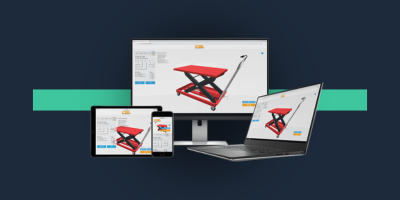
A seamless online sales strategy relies on ease of use.
B2B buyers need intuitive navigation, straightforward product configuration, accessible information, and a smooth checkout process to effectively self-serve.
3D Visualization
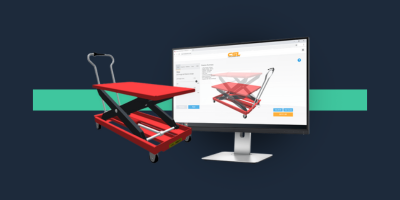
Incorporating 3D visualization helps self-serve buyers better understand complex custom designs, providing a clear picture of the final product.
Subsequently, this not only enhances customer satisfaction but also minimizes production errors and rework, saving time and resources.
Guided Selling
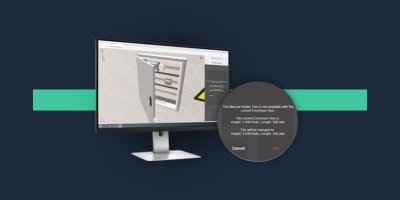
Guided selling enables B2B self-service buyers of custom products to accurately configure different features and options.
Rules-based customization and pricing functionality enables buyers to configure complex custom products.
Integration

With access to real-time data from other company systems, self-service portals can use customer information such as previous purchases and customer value to inform pricing, upgrade, and cross-sell opportunities.
How Self-Serve B2B Buyers are Driving E-commerce for Manufacturing
As more and more manufacturers understand the benefits of digital transformation, and the volume of online B2B sales continues to increase, the integration of e-commerce forms an important part of a digital transformation strategy. So, in our recent blog we looked in more detail at the rise of e-commerce for manufacturing.
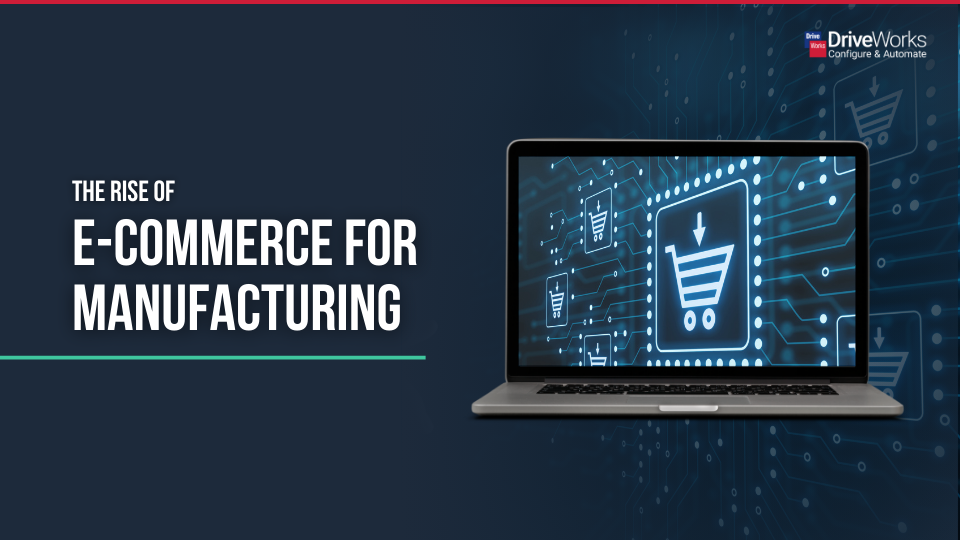
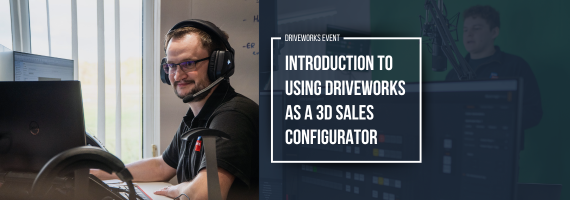
Introduction to Using DriveWorks as a 3D Sales Configurator
DriveWorks Pro combines powerful SOLIDWORKS® part, assembly, and drawing automation with engaging 3D CPQ sales configurator features to enable manufacturers to implement a successful digital selling strategy, work smarter, reduce errors, and exceed customer expectations.
Register for this free online webinar, where DriveWorks product experts will share their knowledge of using DriveWorks as a 3D sales configurator.
Learn how creating an online sales configurator with DriveWorks can help you to stay ahead of your competition, reduce costs, and win more business.